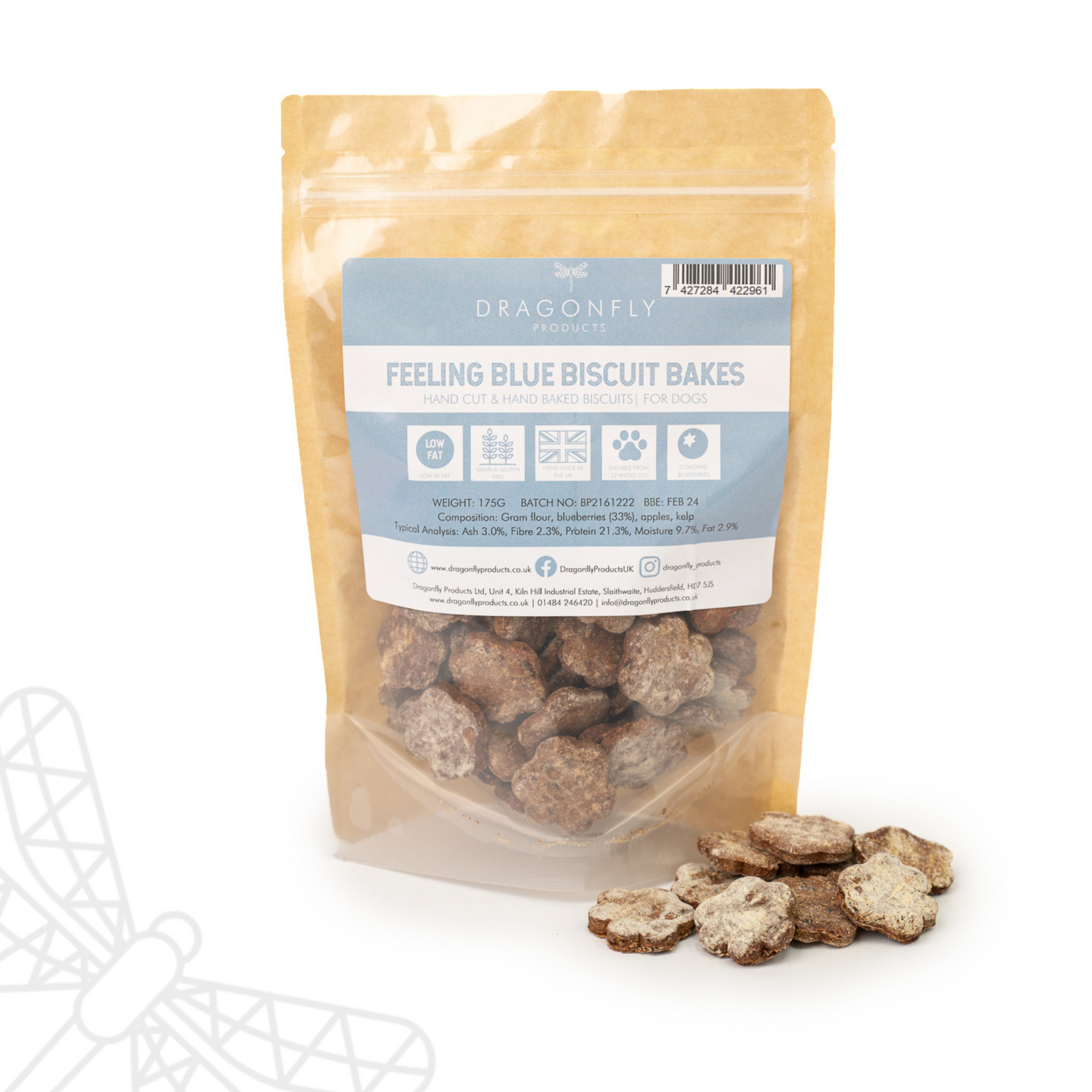
Can Dogs Eat Peas?
Yes, dogs can safely eat peas as part of their diet. Peas are a nutritious vegetable and are a good source of vitamins, minerals, and dietary fiber. They are particularly rich in vitamin K, vitamin C, vitamin A, folate, and various B vitamins. Additionally, peas contain essential minerals like potassium, iron, and magnesium.
Peas are small, round, and typically green seeds that come from the pod of a pea plant (Pisum sativum). They are a commonly cultivated and consumed vegetable in many parts of the world. Peas are often classified into different categories based on their size:
Garden Peas (Green Peas): These are the familiar round green peas commonly found in grocery stores. They are usually harvested when the peas inside the pod are mature but not yet fully dried.
Snow Peas: Snow peas have flat, edible pods and small, immature peas inside. They are known for their crisp texture.
Snap Peas: Snap peas are similar to snow peas but have thicker, more rounded pods with larger, sweeter peas inside.
Table of Contents
- Are peas good for dogs?
- Can dogs eat raw peas?
- Can dogs eat cooked peas?
- Can dogs eat tinned peas?
- How many peas can dogs eat?
- How often can dogs eat peas?
- What is pea protein?
- What are alternative safe natural treats for dogs?
Are peas good for dogs?
Yes, peas are good for dogs when included in their diet in moderation. Peas offer several potential benefits for dogs:
- Nutrition: Peas are a source of vitamins (such as vitamin A and vitamin C), minerals (like potassium and iron), and antioxidants, which can contribute to a dog's overall health.
- Fibre: Peas are rich in dietary fibre, which can aid in digestion and help regulate bowel movements. Fibre is beneficial for dogs' gastrointestinal health.
- Protein: While peas are not a primary source of protein, they do contain some protein, making them a useful addition to a dog's diet, especially in vegetarian or vegan dog food recipes.
- Low in Fat: Peas are relatively low in fat, which can be beneficial for dogs on a low-fat diet or those prone to weight gain.
- Dental Health: Chewing on peas can help promote dental health by reducing tartar buildup on a dog's teeth.
Can dogs eat raw peas?
Yes, dogs can eat raw peas, but it's generally recommended to serve them cooked or frozen rather than raw. While raw peas are not toxic to dogs, they can be more challenging for dogs to digest in their raw form. Cooking or freezing peas can make them easier for dogs to digest and can reduce the risk of digestive upset.
If you choose to offer your dog raw peas as a treat, it's essential to do so in moderation and watch for any signs of digestive issues or allergies. Some dogs may tolerate raw peas without any problems, while others may experience gas or mild digestive discomfort.
Can dogs eat cooked peas?
Yes, dogs can eat cooked peas, and in fact, cooked peas are a safer and more easily digestible option for dogs compared to raw peas. Cooking peas helps break down their cellulose structure, making them softer and more suitable for canine digestion.
- Plain and Unseasoned: Cook the peas without adding any seasonings, salt, spices, or butter. Dogs do not need added sodium or spices in their food.
- Cooking Methods: You can cook peas by boiling, steaming, or microwaving them. Boiling is the most common method, but the choice of cooking method is up to you.
- Cool Before Serving: Allow the cooked peas to cool down to a safe temperature before offering them to your dog.
Can dogs eat tinned peas?
It's generally best to avoid feeding dogs tinned peas. While canned peas themselves are not toxic to dogs, they often contain added salt and sometimes other seasonings or preservatives, which can be harmful to dogs in excessive amounts.
High levels of sodium (salt) can lead to salt toxicity in dogs, which can cause symptoms like excessive thirst, urination, vomiting, diarrhoea, and, in severe cases, sodium ion poisoning, which can be life-threatening.
How many peas can dogs eat?
The number of peas a dog can safely eat depends on the size and dietary needs of the individual dog. Peas can be a healthy addition to a dog's diet when given in moderation as a treat or a supplementary vegetable.
As a general guideline, for small to medium-sized dogs, a few peas (3-5) can be a suitable treat, while larger dogs may be able to have a slightly larger quantity (5-10).
How often can dogs eat peas?
If you want to include peas as a part of your dog's diet for added nutrition and variety, you can do so a few times a week. However, they should still be considered a supplement and not the primary source of nutrition.
What is pea protein?
Pea protein is used in some commercial dog foods for several reasons, and it has become a popular ingredient in recent years due to its potential benefits. Here are some reasons why pea protein is used in commercial dog food:
- Protein Source: Pea protein is plant-based and serves as an additional source of protein in dog food. While dogs primarily need animal-based protein, such as meat, poultry, or fish, pea protein can be used to boost the overall protein content of the food.
- Hypoallergenic: Pea protein is considered hypoallergenic, which means it is less likely to trigger food allergies or sensitivities in dogs. This can be beneficial for dogs with food allergies or those with sensitivities to common protein sources like beef or chicken.
- Dietary Variety: Including pea protein in dog food allows for dietary variety and can be useful in rotational feeding, where different protein sources are rotated to minimise the risk of developing allergies or intolerances.
- Lower Fat: Pea protein is relatively low in fat compared to some animal protein sources. This can be advantageous for dogs on low-fat diets or those prone to weight gain.
- Sustainable Ingredient: Peas are a sustainable crop, and their use in dog food aligns with the growing interest in eco-friendly and plant-based alternatives.
- Grain-Free or Grain-Limited Formulations: Pea protein is often used in grain-free or grain-limited dog food formulations as an alternative to traditional grains like corn, wheat, or rice. These formulations aim to address potential grain-related sensitivities in dogs.
It's important to note that while pea protein can be a valuable ingredient in dog food, it should not be the sole source of protein in a dog's diet. Dogs are primarily carnivores, and their diets should be based on high-quality animal-based protein. Pea protein is typically used in conjunction with other protein sources to provide a balanced and nutritionally complete diet.
What are alternative safe natural treats for dogs?
When looking at natural safe treats for dogs it is always best to look for products that have no artificial flavours or preservatives and that have not undergone heavy processing methods. Many natural treats are air dried which retains much of their flavour and nutritional benefits.
Cow Ears
Cow Ears for dogs are a popular and natural dog treat made from the ear of a cow. These treats are typically cleaned and dried. Cow ears are a chewy and satisfying snack that dogs enjoy sinking their teeth into. They are rich in protein and provide dogs with a satisfying chewing experience that can help promote dental health by reducing tartar buildup.
Pork Spaghetti
Pork Spaghetti for dogs is a natural dog treat made from the small intestine of pigs. These treats are typically cleaned and dried then cut into short straws. Pork intestine treats are known for their chewy texture and are suitable for puppies.
For any further help and advice please contact us on 01484 246420 and why not join our social media channels and online community on Instagram, Facebook or YouTube.
With Wags and Woofs,
Laura, Dolly & Reggie




